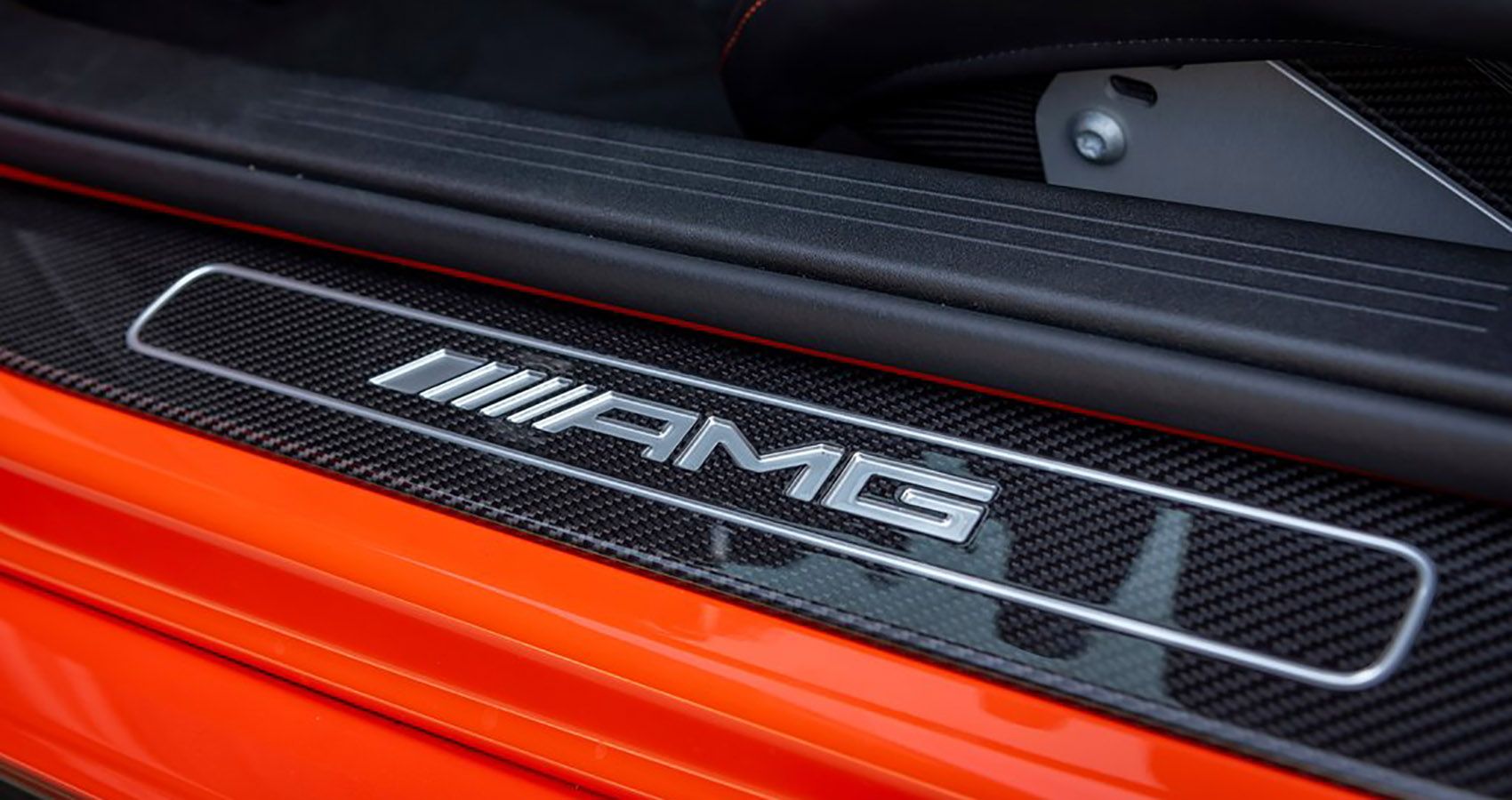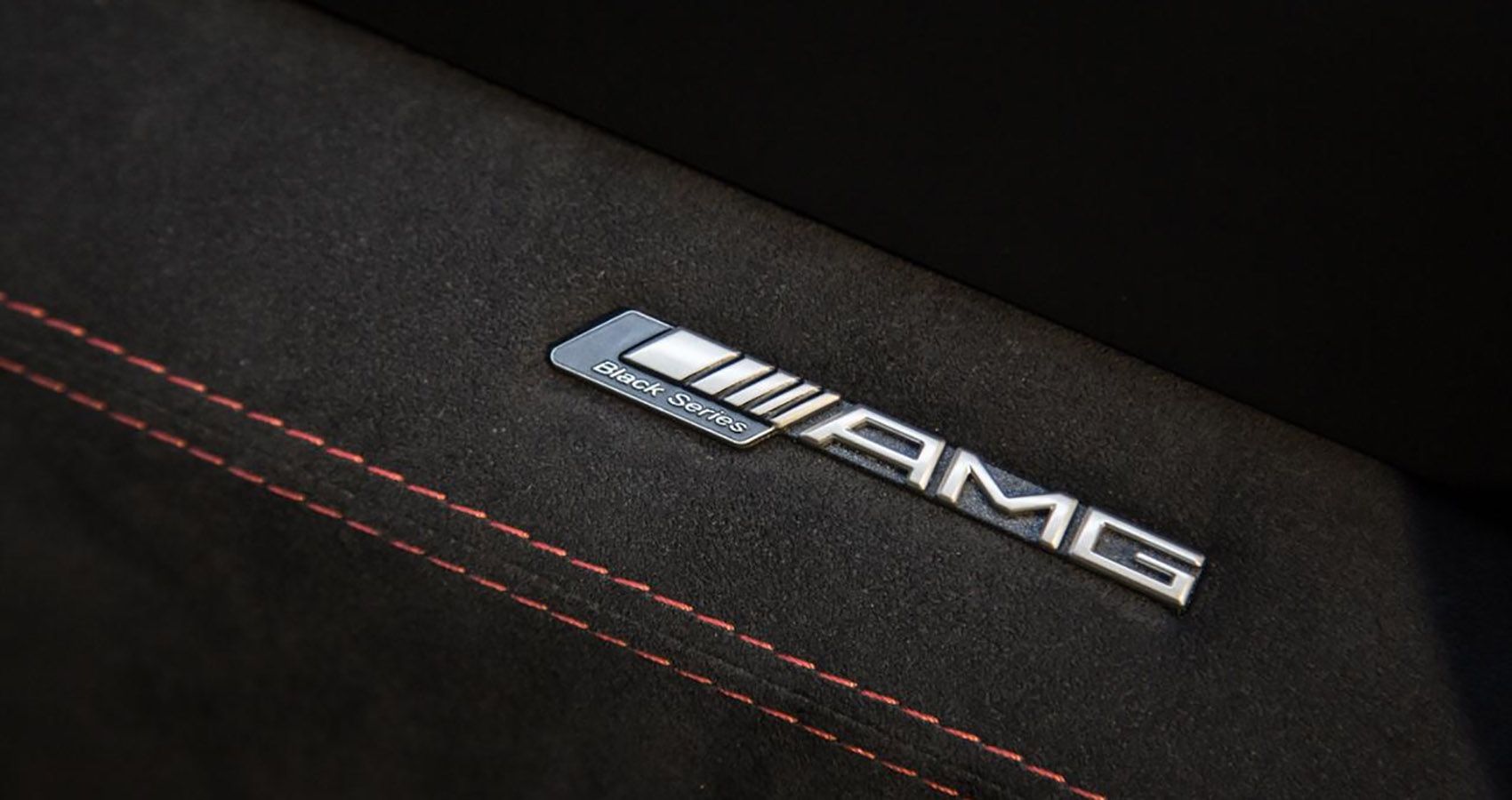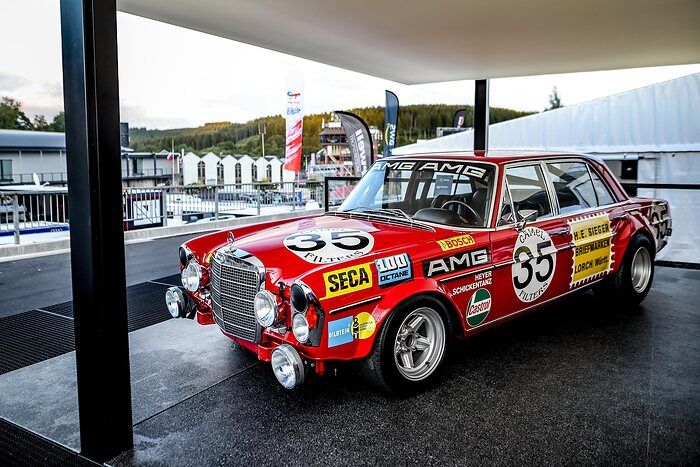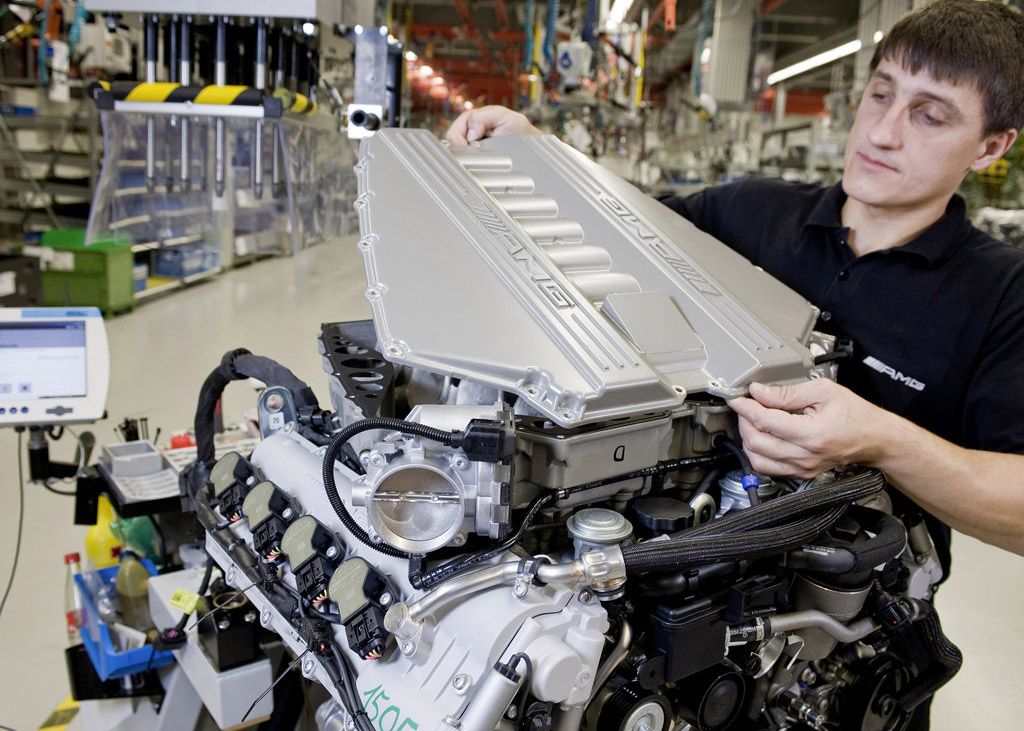Mercedes-Benz’s famous performance division, AMG, has, since its Mercedes acquisition, graced the automotive circuit with cars like the Mercedes-AMG A 35 4MATIC sedan and hatchback, the Mercedes-AMG GLB 35 4MATIC crossover, and the sweet hypercar, the Mercedes-AMG One, just to name a few. Long before that, AMG operated autonomously as a modification company.
If you don't already know, AMG is an aftermarket tuning company that specializes in producing high-performance Mercedes-Benz vehicles. Besides cars, the brand is also known for producing racing boats and bursting door hinges. The AMG is essentially Mercedes-Benz’s equivalent of BMW’s M branch. They modify, adjust, and occasionally design an entire vehicle.
As big as AMG is today, it comes from humble beginnings. Starting off as an independent company, AMG evolved into a global performance brand and made a huge impact in the automotive community, with a history filled with surprises, lesser-known creations, as well as exclusive sports cars. AMG produced both packages and fully customized vehicles until around 1990, when Mercedes signed an agreement with the performance brand, allowing AMG to showcase its cars in Mercedes’ showrooms.
By the late 90s, Mercedes acquired a controlling stake in the company and included AMG vehicles in the official Mercedes-Benz lineup. AMG is now completely owned by Mercedes-Benz, and the SLS was the first car developed from the ground up under the joint venture.
AMG has undoubtedly established a reputation for itself in the field. Even so, only a few folks are aware of the origins of this company, its founders, or how it became the leading performance vehicle manufacturer and customizer.
So, here are some intriguing facts about AMG that you might not have known.
Mercedes-Benz's AMG Division: From Garage To Worldwide Known Performance Division
AMG, like many other success stories of the world's largest corporations, began in a small garage in 1967. Two German engineers, Hans Werner Aufrecht and Erhard Melcher, worked at Daimler-Benz on the 300 SE racing engine. The brand, however, disbanded its racing division shortly before the engine was complete. Still determined to see it through, the duo refused to stop working, so they went against instructions and kept tinkering with their engine in a garage.
In the late 1960s, their colleague, Manfred Schiek, who competed in the German Touring Car Championship, won ten races with the 300 SE racing engine developed by Aufrecht and Melcher. After the success, gearheads started to seek the AMG performance for the road, marking the start of AMG's well-deserved renowned expansion. Aufrecht and Melcher left Mercedes and established AMG, producing high-performance road automobiles.
Mercedes-Benz's AMG Division: Named After Its Founders
Some believe AMG is an abbreviation for Affalterbach Motor Group, especially since Affalterbach is the actual production location for AMG engines. However, this is false, though, and the explanation is rather simple and straightforward: the three letters in AMG come from their creators and the location of creation. The letters A, and M stand for Aufrecht, Melcher, two of the founders, and the G stands for Großaspach, the location of their first engine project and also Aufrecht’s hometown.
How AMG Turned A 250HP Mercedes-Benz 300 SEL Into A 428HP “Red Pig”
Despite leaving Mercedes, Aufrecht and Melcher still considered Mercedes models to be the best platform for their work. Having worked there, the two engineers were likely familiar with the brand’s engineering. The first vehicle associated with AMG, and perhaps the most notable, began as a modest four-door Mercedes-Benz 300 SEL 6.3. Equipped with a huge 6.3-liter V8 engine, the 300 SEL made 250 horsepower and propelled the full-size sedan to a top speed of 137 mph.
Despite being the fastest car back then, the engineers still knew it could do more. So, AMG took on the challenge to turn the 3,800-pound sedan into a racecar. After shaving almost 430 pounds off the car, modifying the engine's displacement from 6.3 to 6.8-liter, altering the wheel track, and making other performance-focused alterations, the modified car was able to produce up to 428 horsepower, bumping the top speed to 165 mph. The car eventually became renowned as the iconic "Red Pig" racing car. AMG debuted the car in the 1971 24 hours of Spa, where it secured a class win and finished second overall.
The Mercedes-Benz' AMG Division: One Man, One Engine Philosophy
AMG operates on the "One man, one engine" construction philosophy, which states that only one master craftsman should assemble an entire engine, from start to finish. The engine comes with a small plaque that bares the builder’s name.
The Special AMG Black Series
The AMG Black Series models are a rare breed. Considered to be the brand's most track-focused models, AMG Black Series cars represent the pinnacle of AMG performance, with incredible aerodynamics, souped-up powertrains, and updated chassis.
Today, only 6 models carry the recognizable AMG Black Series badge: The GT Black Series (the one in the image above), CLK 63 Black Series, C 63 Black Series, SL 65 Black Series, SLS Black Series, and the SLK 55 Black Series. As the most successful brand in DTM history, Mercedes-AMG continues to dominate the motorsport circuit.






